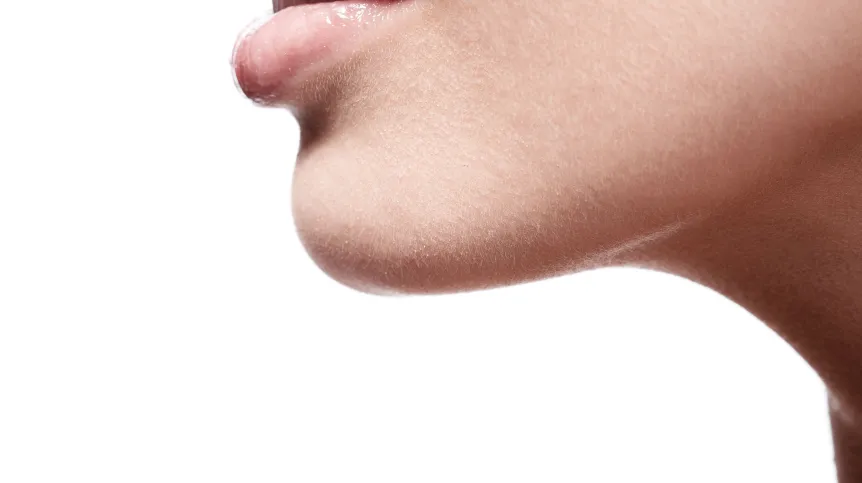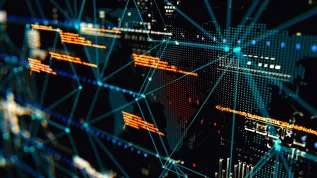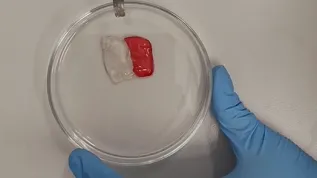
Two students from the University of Opole are working on a computer application Mimiczne Usta (Mimic Mouth) that will help to learn lip-reading. It is intended for deaf and hearing impaired users. Its creators work with Opole and Lower Silesian branch of the Polish Association of the Deaf.
The application is being developed by Arkadiusz Chmielewski and Mariusz Stebelski, computer science students at the University of Opole, who are writing their engineering theses. In an interview with PAP Stebelski explained that their app, currently in the design phase, will have a similar function as sign language interpreters in television programs. "In the first version it will be only a face. Mimic movements of mouth, eyebrows , cheeks will be entirely consistent with natural movements of a speaking person. Later, we plan to add gestures to the program" - said Stebelski.
He explained that in the case of words for which the human mouth is arranged in a similar was, a deaf person who can already read lips to some extent begins to pay attention to the movements of the neck, cheeks and other parts of the face. "That\'s why we want our program to simulate map the entire head, not just your mouth" - said Stebelski.
The application will be initially intended for use on PCs based on Windows. According to Stebelski, virtual face may appear on the screen when watching movies, reading e-books or surfing the Internet. "Wherever there is a text, our avatar can read it, faithfully recreating human facial expressions, lip movements" - explained the author, and added that in this way of learning lip reading can be more fun and interesting than traditional course.
In his opinion, the application will benefit deaf and dumb people who do not hear from birth, those who have lost hearing in an accident, are hard of hearing, or use an implant. Stebelski noted, however, that the app users must know the grammar of the Polish language, because - as he explained - sign language reflects the meaning of the sentence, but not word for word. "Our program can also assist in learning the rules of grammar" - he added.
The application is designed to help deaf and hearing-impaired to function independently in offices, shops, etc. Chmielewski and Stebelski have been work on the application for about a year. They do this while studying and preparing for engineering thesis defence. According to Stebelski, to finalize and professionalize the idea they need about two more years. They are currently assembling a team, which already consists of 12 people: mathematicians, linguists, graphic designers, also from the University of Opole. They are also collect obtaining funds for research, purchase of equipment and software.
Authors of the application also cooperate with the Polish Association of the Deaf - Opole and Lower Silesia branches. "This will allow us to consult the solutions we research and test with the association members and alumni of schools for the deaf in Wrocław and Racibórz" - added Stebelski.
President of the Opole branch of the Polish Association of the Deaf Jarosław Duszak told PAP that the Association supports the idea of creating the app, and has already consulted on the solutions proposed by the authors. Duszak emphasised that lip-reading makes understanding and fitting-in easier for deaf people, but they need to learn it first. He believes that the app can assist in this study. Although - as he noted - it will be more useful for the hearing impaired or elderly losing their hearing than the deaf, due to the need for knowledge of the Polish language and its grammar. "If the avatar is also equipped with sign language option, I\'ll undoubtedly be useful also for deaf people" - he added.
Duszak estimates that there are around 40-50 thousand deaf people in Poland who mostly use sign language, and around 800 thousand hearing impaired, for whom lip-reading is the primary way to receive the Polish language.
PAP - Science and Scholarship in Poland
kat/ mrt/ dym/
tr. RL













